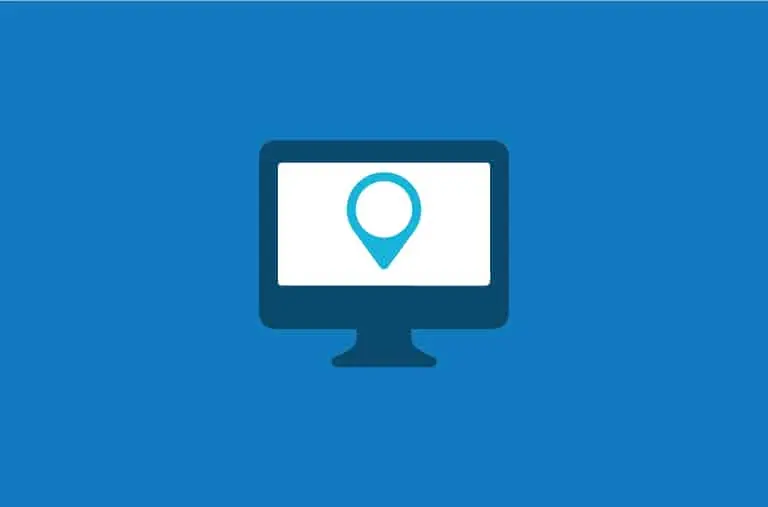Get the most out of your Customer Relationship Management (CRM) software by integrating it with your key business solutions. Using only the data generated from your CRM to make strategic business decisions is not a very efficient use of the system. Your CRM system should be used as an aggregation data point of all your primary internal systems.
Once your customer data is integrated, any decisions are based on the most comprehensive view of the business. Systems integration is the vehicle to get you there.
Why Would You Need To Integrate?
There are many examples of why you would need to pull in data and automatically sync
it with external systems. They fall into the categories of transactional, productivity, and
cross-organizational productivity.
- Transactional – Transactional data is typically generated from back-office systems (ERP or accounting systems). Some examples of transactional data tracked in a CRM system:
- CRM ERP Integration of sales orders, invoices, and shipments – sales teams need for customer updates and to help predict future buying trends
- Accounting data (such as account receivables and credit information) – to track the financial health of customers
- Product inventory information – used to assist sales when quoting to customers. Manufacturers also use the CRM application to forecast units to push data back to Demand Planning.
- Importing & refreshing products catalogs – for more accurate sales quoting
- Shopping cart information – used by eCommerce companies
- Productivity – Another reason to integrate into your CRM solution is to foster productivity. Here are examples of productivity-related integration:
- Inside Sales & Customer Service Productivity:
- CTI Integration – Integrating your CRM with a VOIP Phone System is very common, especially among outgoing call centers and incoming customer service organizations. Phone system integration allows for enhanced application streamlining and efficiency.
- “Call Out” Service – one button calls from your CRM
- “Screen Pops” – CRM screen pops up the customer record when they call in. Sales reps can view the customer’s details, and a service rep can respond to a support ticket.
- CTI Integration – Integrating your CRM with a VOIP Phone System is very common, especially among outgoing call centers and incoming customer service organizations. Phone system integration allows for enhanced application streamlining and efficiency.
- Inside Sales & Customer Service Productivity:
- Cross-organizational productivity
- CRM Email Integration with Outlook – bi-synchronous integration (for Exchange and 365 deployments). Link emails, appointments, and tasks generated from CRM or Microsoft Outlook.
- C2CRM uses a plugin in Outlook
- correspondence logging of emails to C2CRM
- sync Outlook contacts to C2CRM
- create, edit, and view C2CRM records while in Outlook.
Lead Generation
- Website Integration – Pull prospect data from web forms to populate CRM Records.
Web leads for sales from a completed “Contact Us,” “Free Trial,” “Get a Demo,” or “Request a Quote” form.- Create Support Tickets in your CRM generated from your website
- Completion of surveys and importing the data to the contact’s record
- Leads are automatically added to email marketing campaigns based on their product interest
- Online Services – Subscription or Lead Service Integration (e.g., Dodge Reports). C2CRM can integrate with this service to pull in leads in real-time for automatic assignment to reps.
Questions (Determinants) to Consider Before the Integration
Once you realize the need for integration into your CRM, some essential factors must be considered. Those factors determine the type of integration to deploy.
Directional Data Flow
Will the data transfer be unidirectional or bidirectional? It is determined by the data requirements needing to be pushed or pulled from the CRM to other external systems. If one scenario is necessary, it is unidirectional. But if both are required, then it is bidirectional.
Frequency
What is the frequency of the data transfer? There are three different modes:
- Real-Time Updates (TRU), where the transfer occurs instantaneously via a trigger/action from either system
- Scheduled Auto Updates
- Unscheduled Manual Updates
Type of Data
What type of data will be transferred, and how will it be used? The data could be for view only or dynamic, current or historical (i.e., orders vs. shipments), change conditions (i.e., credit hold, create records (i.e., sales quote conversion to a sales order). These factors will help decide the method of transfer.
Cost
What is the cost of the data transfer? Securing a permanent integration point may add additional cost to the data transfer. Also, a hidden cost of the integration is the customization of the CRM needed to sufficiently display the imported data and any processes/workflows created for trigger points.
Methods/Types of Integration
The following are some examples of integration methods:
- CRM API (Application Programming Interface) – APIs can be REST or SOAP. REST is the preferred & most flexible method (as opposed to the outdated SOAP).
- C2CRM has a REST API to connect, map, and send data to a corresponding system with a REST API. This permanent connection is commonly used for the real-time flow of data. Most currently-developed systems have APIs.
- Web services – Before developing APIs, web services integration was widely used for real-time data flow. Today it is currently used when an API connection is not available. It is also a permanent connection.
- Simple Batch spreadsheet uploads – A quick and efficient (non-permanent) way to import data from spreadsheets that don’t require real-time data flow. It can be accomplished manually via the CRM importing module or automatically via email.
- Direct ODBC connection via VPN – a less common method used in applications with special/security conditions.
Integration Costs
CRM vendors can charge very different integration prices. Whether they do the integration themselves or outsource to a partner, you must get this pricing before signing the contract. Unexpected prices are never fun for anyone.
Clear C2 performs this function itself, leveraging its professional services organization. Any upfront costs are provided in a price proposal created by our sales executives.
Conclusion
There are many benefits of CRM integration. Once you decide that your CRM will be the central location for all your data, your organization will have a 360-degree view of its customers. You will now have a happy customer with the most accurate business view.







